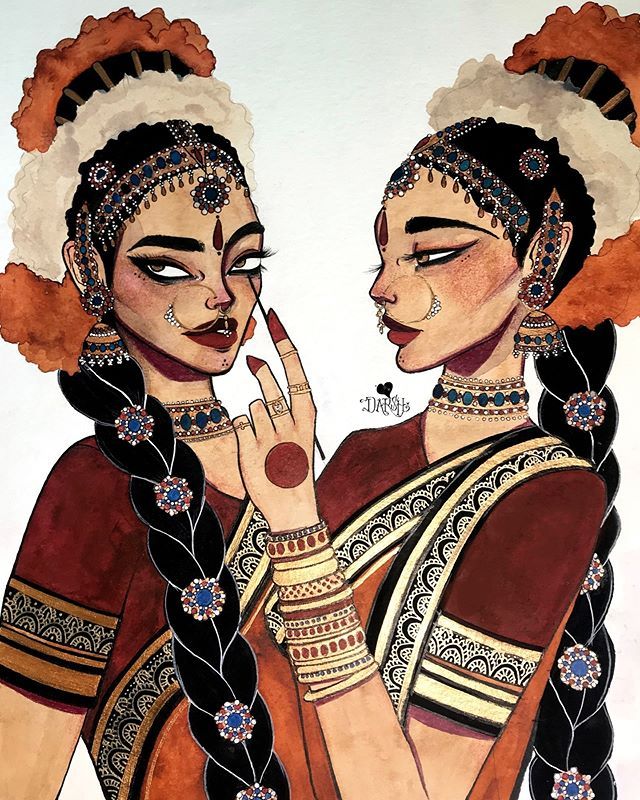Title: Exploring Bharata’s Rasa Theory: The Essence of Indian Aesthetics

Introduction: In the realm of aesthetics, few concepts hold as much significance and depth as Bharata Muni’s Rasa Theory. Rooted in ancient Indian philosophy and arts, this theory delves into the essence of human emotions, transcending cultural boundaries to offer profound insights into the nature of artistic expression. In this exploration, we journey through the rich tapestry of Bharata’s Rasa Theory, uncovering its relevance, intricacies, and enduring impact on Indian art and culture. Understanding Rasa: At the heart of Bharata’s theory lies the concept of “Rasa,” which translates to “essence” or “juice” in Sanskrit. Rasa represents the emotional flavor or sentiment evoked by a work of art, whether it be a play, poem, dance, or music composition. These emotions range from love (shringara) and valor (veera) to compassion (karuna) and humor (hasya), encompassing the entire spectrum of human experience. The Natyashastra: Bharata Muni’s seminal work, the Natyashastra, serves as the cornerstone of Indian performing arts and aesthetics. Comprising over 6,000 verses, this ancient treatise provides a comprehensive guide to drama, dance, and music, elucidating the principles of performance, storytelling, and audience engagement. Central to the Natyashastra is the concept of Rasa, which Bharata meticulously analyzes and elaborates upon. The Eight Rasas: Bharata categorizes Rasa into eight primary emotions, each associated with a specific mood, sentiment, and aesthetic experience. These Rasas include: 1. Shringara (Love/Beauty) 2. Hasya (Humor) 3. Karuna (Compassion) 4. Raudra (Anger) 5. Veera (Valor) 6. Bhayanaka (Fear) 7. Bibhatsa (Disgust) 8. Adbhuta (Wonder) Each Rasa is not merely an emotion but a transformative experience that transports the audience into the world of the performance, eliciting a profound emotional response and aesthetic appreciation. The Role of Bhava and Vibhava: In addition to Rasas, Bharata identifies “Bhavas” (emotional states) and “Vibhavas” (stimuli or causes) as essential components of artistic expression. Bhavas are the internal emotions experienced by the characters, while Vibhavas are the external factors that trigger these emotions. Together, they form the emotional landscape of the narrative, guiding the audience on a journey of catharsis and enlightenment. The Process of Rasa Transmission: According to Bharata, the transmission of Rasa occurs through a complex interplay of various elements, including the performer (actor/dancer/musician), the performance itself, and the receptive spectator (audience). Through mastery of technique, expression, and emotional resonance, the artist becomes a conduit for Rasa, channeling the essence of human experience into the artistic medium and captivating the audience’s imagination. The Universal Appeal of Rasa: While rooted in Indian culture and tradition, Bharata’s Rasa Theory transcends geographical and temporal boundaries, resonating with audiences across the globe. Its universal principles of emotional resonance, aesthetic appreciation, and spiritual elevation continue to inspire artists, scholars, and enthusiasts worldwide, fostering a deeper understanding of the human condition and the transformative power of art. Conclusion: Bharata Muni’s Rasa Theory stands as a testament to the timeless wisdom and artistic genius of ancient India. Through its profound insights into the nature of emotion, expression, and aesthetic experience, this theory illuminates the path towards a deeper appreciation of the arts and a more profound connection with the essence of humanity. As we continue to explore the depths of Bharata’s Rasa Theory, we embark on a journey of discovery, enlightenment, and boundless creativity, enriching our lives and enriching the world around us.